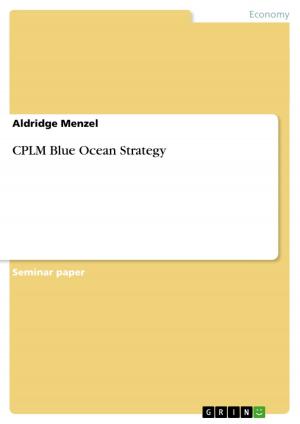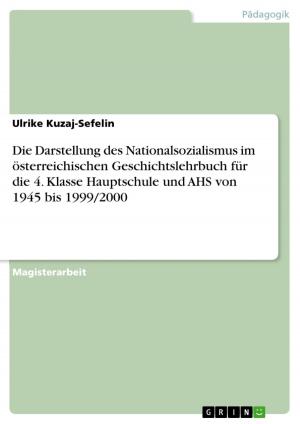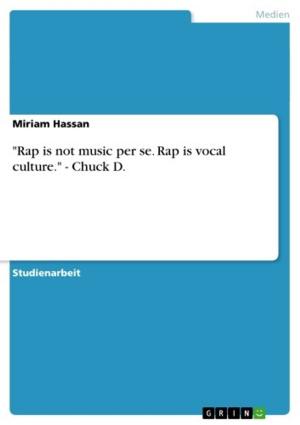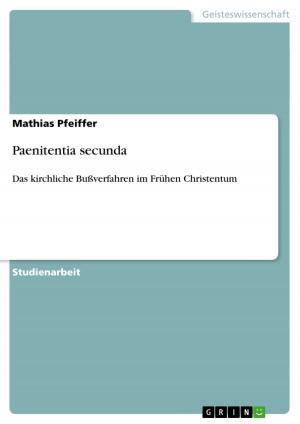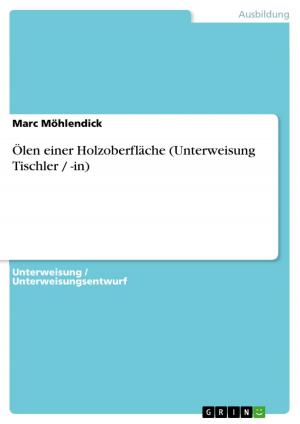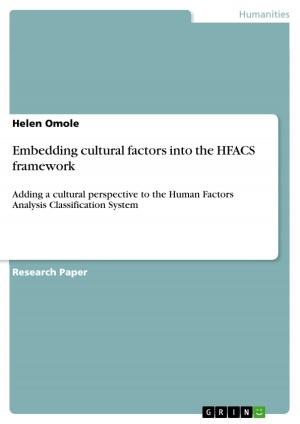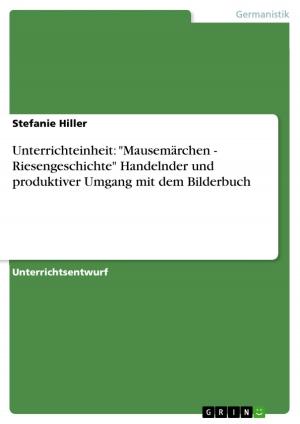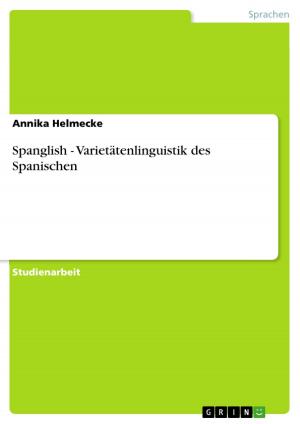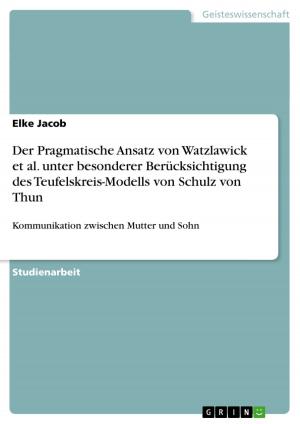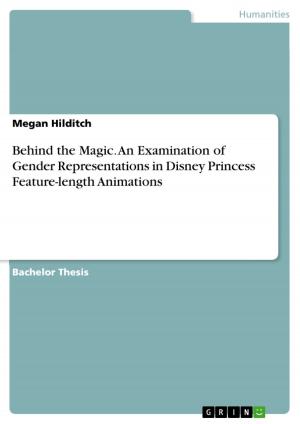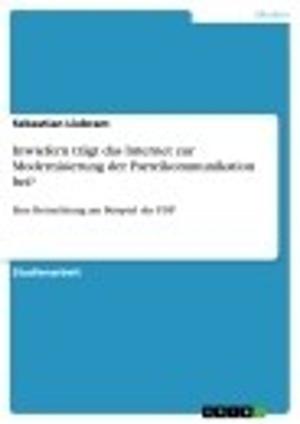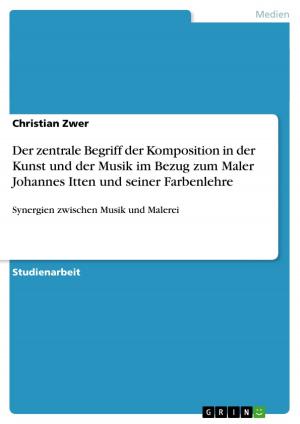Verbal Irony: Theories and Automatic Detection
Nonfiction, Reference & Language, Language Arts, Linguistics| Author: | Michael Fell | ISBN: | 9783656093657 |
| Publisher: | GRIN Verlag | Publication: | January 2, 2012 |
| Imprint: | GRIN Verlag | Language: | English |
| Author: | Michael Fell |
| ISBN: | 9783656093657 |
| Publisher: | GRIN Verlag |
| Publication: | January 2, 2012 |
| Imprint: | GRIN Verlag |
| Language: | English |
Seminar paper from the year 2010 in the subject Speech Science / Linguistics, grade: 1,0, Saarland University (Computerlinguistik), course: Computational Approaches to Creative Language, language: English, abstract: Human communication often involves the use of irony. In many cases, it is far from obvious if an utterance is meant ironical or not. Context and world knowledge are needed to discriminate literal from ironic intent. Linguists have worked on describing the nature of irony and come up with ideas which reflect the intuitive understanding of irony. Parallely, computational linguists are confronted with the challenge of automatically detecting irony. When an utterance contains irony, the only chance of getting the intent, is understanding and interpreting the irony in it. I review different theories of irony in chapter 2. Chapter 3 describes the state-of-the-art of automatic irony detection, covers the importance of corpus study for future research and proposes a fusion between theory, corpus study and automatic detection.
Seminar paper from the year 2010 in the subject Speech Science / Linguistics, grade: 1,0, Saarland University (Computerlinguistik), course: Computational Approaches to Creative Language, language: English, abstract: Human communication often involves the use of irony. In many cases, it is far from obvious if an utterance is meant ironical or not. Context and world knowledge are needed to discriminate literal from ironic intent. Linguists have worked on describing the nature of irony and come up with ideas which reflect the intuitive understanding of irony. Parallely, computational linguists are confronted with the challenge of automatically detecting irony. When an utterance contains irony, the only chance of getting the intent, is understanding and interpreting the irony in it. I review different theories of irony in chapter 2. Chapter 3 describes the state-of-the-art of automatic irony detection, covers the importance of corpus study for future research and proposes a fusion between theory, corpus study and automatic detection.


